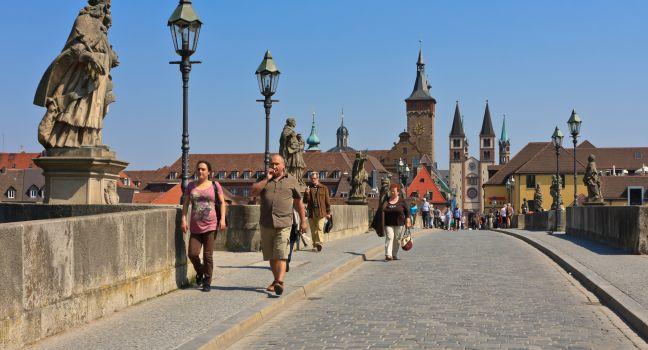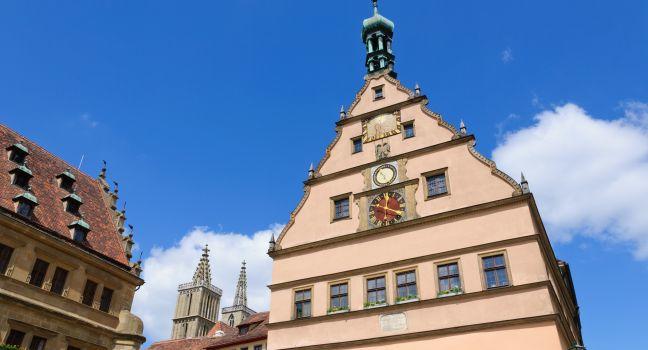Münster
Ulm's Minster, built by the citizens of their own initiative, is the largest evangelical church in Germany and one of the most elaborately decorated. Its church tower, just 13 feet higher than that of the Cologne Cathedral, is the world's highest, at 536 feet. It stands over the huddled medieval gables of Old Ulm with a single, filigree tower that challenges the physically fit to plod up the 768 steps of a spiral stone staircase to a spectacular observation point below the spire. On clear days, the steeple will reward you with views of the Swiss and Bavarian Alps, 100 miles to the south. Construction on the cathedral began in the late-Gothic age (1377) and took five centuries; it gave rise to the legend of the sparrow, which was said to have helped the townspeople in their building by inspiring them to pile the wood used in construction lengthwise instead of width-wise on wagons in order to pass through the city gates. Completed in the neo-Gothic years of the late 19th century, the church contains some notable treasures, including late-Gothic choir stalls and a Renaissance altar as well as images of the inspirational sparrow. Ulm itself was heavily bombed during World War II, but the church was spared. Its mighty organ can be heard in special recitals every Sunday at noon from Easter until November.





